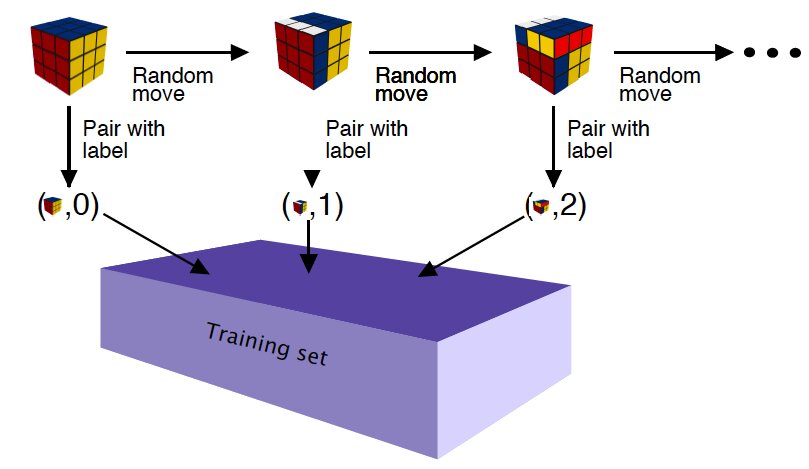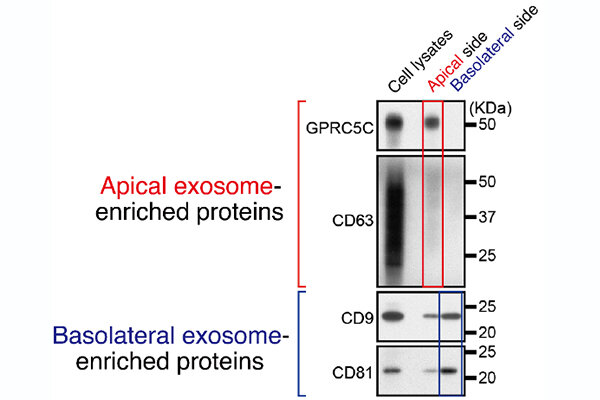#Researchers detect coronavirus in two feral American mink

“#Researchers detect coronavirus in two feral American mink”

Researchers from the Faculties of Veterinary Sciences and Health Sciences of the CEU Cardenal Herrera (CEU UCH) university of Valencia have published the detection of two positive cases of SARS-CoV-2 coronavirus in wild American mink, in two rivers of Castellón province. These two cases are the first ones in Europe where the virus has been detected in feral animals that have not been in direct contact with infected people. The article, which has just been published after being peer reviewed, suggests the possible source of the contagion could be these aquatic animals coming into contact with contaminated wastewater.
As professor Jordi Aguiló from the CEU UCH explains, “Mink are animals that have proven to be susceptible to contagion by SARS-CoV-2 due to coming into contact with infected people in farms in several European and North American countries. However, the virus has not yet been detected in feral animals of this species.” The two positive specimens analyzed in this study were caught, along with 11 more, during the invasive exotic species control campaign in the Palancia and Mijares rivers, where there are records of stable populations since the late 80s. In both cases they were feral animals without contact with farm animals: the closest facilities, over 20 kilometers away, have not reported the escape of specimens since 2007, nor has SARS-CoV-2 been detected in the regular analyzes performed by the technicians of the Department of Agriculture.
Wastewater, possible cause of contagion
Even though the source of the infection in these animals cannot be established with absolute certainty, the CEU UCH researchers suggest the most probable cause was these feral American minks coming into contact with contaminated wastewater in the rivers they inhabit, the course of the Mijares and Palancia rivers, which are separated by the Espadán mountain range. “These animals were caught on 14 and 28 January, dates that coincide with the third wave of the virus and whose incidence was especially high in the Valencian Community. This could explain the contagion of the feral mink,” notes professor Aguiló.
After the first necropsy of the specimens caught, which was performed at the Fauna Recovery Center in El Saler, the researchers detected SARS-CoV-2 “in the tissue from the mesenteric lymph node with a two-step RT-PCR test, and then the RNA of the virus was sequenced,” says professor Consuelo Rubio, from the department of Pharmacy at the CEU UCH and head researcher of the Molecular virology group. These positive analyzes could not be confirmed in subsequent analyzes performed at the Veterinary Science Central Laboratory in Algete, probably due to the fragility of the RNA and the further freezing processes that the samples had to be subjected to.
Wild minks, virus bioindicators
The study suggests for the first time the possible indirect transmission of SARS-CoV-2 to feral fauna, without coming into contact with human beings. This could entail that species that are susceptible to the infection, such as American mink, act as SARS-CoV-2 reservoirs, transmitting it to other animal species and to humans. Thus, the CEU UCH researchers and authors of the study underline the need for a One Health approach, taking into account the interconnection of human, animal and environmental health to prevent the transmission of the virus not only among humans, but also to feral animals.
The study authors also suggest that minks, due to being susceptible to infection by SARS-CoV-2, could represent a bioindicator of the presence of the virus in the environment, if studies are conducted to analyze more specimens from this and other species along the banks of the rivers they inhabit, while analyzing the presence of the virus in rainwater. The characterization of this strain of the virus in these animals, through its full sequencing, would make it possible to better identify the possible paths of contagion, as well as closely monitoring potential mutations of the virus when jumping between species.
Jordi Aguiló-Gisbert et al, First Description of SARS-CoV-2 Infection in Two Feral American Mink (Neovison vison) Caught in the Wild, Animals (2021). DOI: 10.3390/ani11051422
Citation:
Researchers detect coronavirus in two feral American mink (2021, May 20)
retrieved 20 May 2021
from https://phys.org/news/2021-05-coronavirus-feral-american-mink.html
This document is subject to copyright. Apart from any fair dealing for the purpose of private study or research, no
part may be reproduced without the written permission. The content is provided for information purposes only.
If you liked the article, do not forget to share it with your friends. Follow us on Google News too, click on the star and choose us from your favorites.
For forums sites go to Forum.BuradaBiliyorum.Com
If you want to read more Like this articles, you can visit our Science category.


